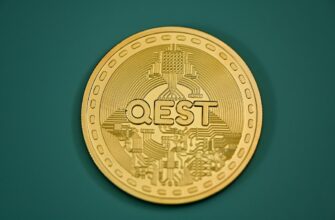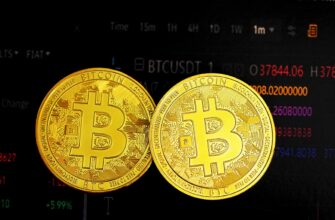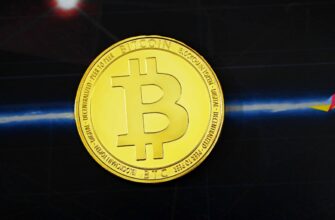- Introduction: The Stablecoin Showdown
- What Are Stablecoins and Why Do They Matter?
- USDT (Tether): The Pioneer
- Key Features:
- USDC (USD Coin): The Regulated Challenger
- Key Features:
- USDT vs USDC: 5 Critical Differences
- Which Stablecoin Should You Choose?
- USDT vs USDC FAQ
- 1. Is USDC safer than USDT?
- 2. Can USDT or USDC lose its peg?
- 3. Which has lower transaction fees?
- 4. Where can I earn yield on USDT/USDC?
- 5. Are they truly 100% backed?
- Final Thoughts
Introduction: The Stablecoin Showdown
In the volatile world of cryptocurrency, stablecoins like USDT (Tether) and USDC (USD Coin) provide crucial stability. Both pegged 1:1 to the US dollar, they dominate the $130B+ stablecoin market. But key differences in transparency, regulation, and trust make choosing between them critical. This guide breaks down USDT vs USDC to help you navigate the crypto landscape safely.
What Are Stablecoins and Why Do They Matter?
Stablecoins are cryptocurrencies designed to maintain a fixed value, typically tied to fiat currencies like the USD. They bridge traditional finance and crypto by enabling:
- Reduced volatility for trading pairs
- Faster cross-border transactions
- Earn yield through DeFi protocols
- Hedge against market downturns
Without stablecoins, crypto markets would lack the liquidity and stability needed for mass adoption.
USDT (Tether): The Pioneer
Launched in 2014, Tether (USDT) is the oldest and largest stablecoin with a $110B+ market cap. Operated by Hong Kong-based Tether Limited, it’s available across 10+ blockchains including Ethereum, Tron, and Solana.
Key Features:
- Backing: Claims reserves in cash, cash equivalents, and other assets (commercial paper controversy in 2021)
- Transparency: Quarterly attestations (not full audits)
- Adoption: Dominates 69% of stablecoin trading volume
USDC (USD Coin): The Regulated Challenger
USD Coin emerged in 2018 from CENTRE Consortium (Circle and Coinbase). With a $32B market cap, it’s known for regulatory compliance and transparency.
Key Features:
- Backing: 100% cash and U.S. Treasuries verified monthly
- Transparency: Monthly audited reports by Grant Thornton
- Blockchains: Ethereum, Solana, Stellar, and 10+ others
USDT vs USDC: 5 Critical Differences
Choosing between these stablecoins hinges on key factors:
- Issuer Trust: USDC’s Circle is U.S.-regulated; Tether faced SEC scrutiny over reserve claims.
- Transparency: USDC provides audited reserves; USDT offers attestations.
- DeFi Integration: USDC leads in Ethereum-based protocols like Aave and Compound.
- Stability: USDC maintained its peg during 2023 banking crises; USDT dipped to $0.95 in 2018.
- Global Access: USDT has wider acceptance on Asian exchanges like Binance.
Which Stablecoin Should You Choose?
Your use case determines the best fit:
- Traders: USDT for liquidity and exchange pairs
- Long-Term Holders: USDC for regulatory safety
- DeFi Users: USDC for higher yield opportunities
- Institutions: USDC for compliance requirements
Diversifying across both mitigates single-point failure risks.
USDT vs USDC FAQ
1. Is USDC safer than USDT?
Generally yes. USDC’s fully audited reserves and U.S. regulatory oversight provide stronger safety assurances compared to Tether’s history of controversies.
2. Can USDT or USDC lose its peg?
Both can temporarily depeg during extreme market stress (e.g., USDC to $0.87 during 2023 SVB collapse), but historically recover quickly due to arbitrage mechanisms.
3. Which has lower transaction fees?
Fees depend on blockchain networks, not the stablecoin itself. Tron-based USDT often has the lowest costs.
4. Where can I earn yield on USDT/USDC?
Leading platforms include Coinbase (USDC, up to 5% APY), Aave, and decentralized exchanges like Uniswap.
5. Are they truly 100% backed?
USDC maintains verifiable 1:1 reserves. USDT now claims full backing but faced past scrutiny over commercial paper holdings.
Final Thoughts
USDT offers unmatched liquidity for traders, while USDC sets the standard for transparency. As regulatory frameworks evolve, both will play vital roles in crypto’s future. Always verify audit reports and diversify holdings to minimize risk in this dynamic market.








